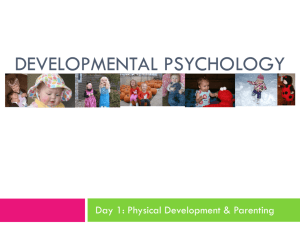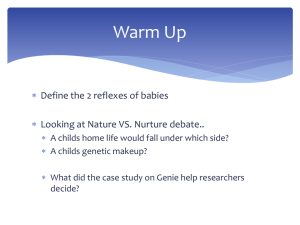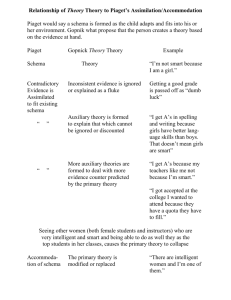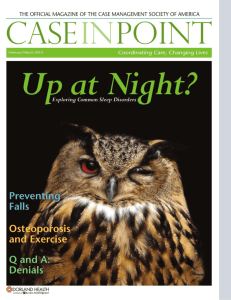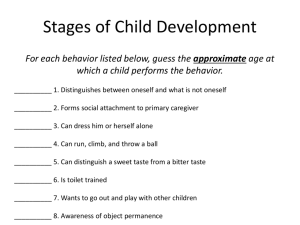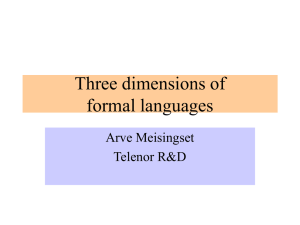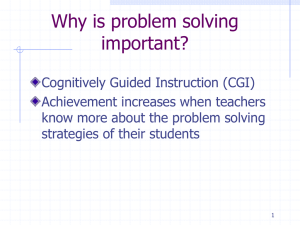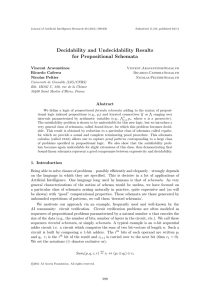6-1 Cognition and Concepts PowerPoint
advertisement
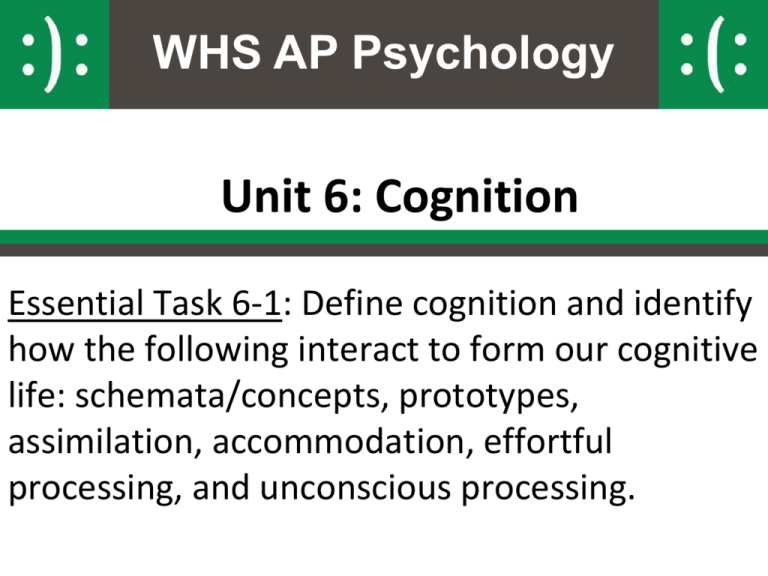
WHS AP Psychology Unit 6: Cognition Essential Task 6-1: Define cognition and identify how the following interact to form our cognitive life: schemata/concepts, prototypes, assimilation, accommodation, effortful processing, and unconscious processing. Algorithms Problem Solving Techniques Representativeness Heuristic Compensatory Models Heuristics We are here Decision Making Techniques Availability Heuristic Unit 6: Cognition Obstacles to Problem Solving Obstacles to Decision Making Biological Factors Acquisition and use of Language Information Processing Model Memory Encoding Cognitive Factors Cultural Factors Storage Retrieval Essential Task 6-1: Outline • Cognition definition • Identify how the following interact to form our cognitive life: – schemata/concepts – prototypes – Assimilation & Accommodation – effortful processing & unconscious processing Cognition Definition Cognition, or thinking, refers to a process that involves knowing, understanding, remembering, problem solving and communicating. Purposeful! Cognitive Psychology Cognition involves a number of mental activities, which are listed below. 1. 2. 3. 4. Concepts Problem solving Decision making Judgment formation 5. Language 6. Memory Schema or Concept The mental grouping of similar objects, events, ideas, or people. There are a variety of chairs but their common features make up your CHAIR schema Chair Schema Characteristics? • • • • • • • • Furniture Seat Four Legs Back Arms Sits one person Cushioned Made of wood Category Hierarchies We organize concepts into category hierarchies. Courtesy of Christine Brune Schemata can get fuzzy • Is a whale a mammal? • Are penguins and kiwis birds? • Are 17 year old people children or adults • People more easily detect male prejudice against females than female against males or female against female Can I read your mind? 1. 2. 3. State a color. Name or draw a triangle. List the first type of motor vehicle that comes to mind. 4. Write a sentence 5. Give me a hero. 6. Describe a heroic act 7. Game 8. Philosopher 9. Writer 10. Pop Star I gave schemata and tried to predict prototypes. 1. 2. 3. 4. red or blue a picture of an equilateral triangle a car a short declarative statement, e.g., “The boy an home.” 5. Superman, Batman, or possibly a fireman 6. a single act by a male, e.g. a rescue by a fireman 7. monopoly or some other board game 8. Socrates or Aristotle 9. Stephen King, or some other white male author 10. Spears or Tay Swift Prototypes A prototype is the BEST example or cognitive representation of something within a certain schema or concept. Schema List characteristics that make a place a college or university. Prototype Now list a specific college that BEST represents or embodies those characteristics. Categories Once we place an item in a category, our memory shifts toward the category prototype. Courtesy of Oliver Corneille A computer generated face that was 70 percent Caucasian led people to classify it as Caucasian. Schema • Developmental Psychologist Jean Piaget believed that children develop and modify schema by two processes: •Assimilation •Accommodation Assimilation • Assimilation incorporates new experiences into existing mental structures and behaviors • Example: a toddler who has a chocolate lab at home would also incorporate Dalmatians into her schema of dog. Accommodation • Accommodation occurs when a child’s theories are modified based on an experience • Example- The baby with a theory of dogs is surprised the first time she sees a cat- it resembles a dog, but meows instead of barks and rubs up against her rather thank licking • The baby must REVISE her previous theory to include this new kind of animal Why is this process important? • As adaptation continues, the child organizes his/her schemata into more complex mental representations, linking one schema with another.


